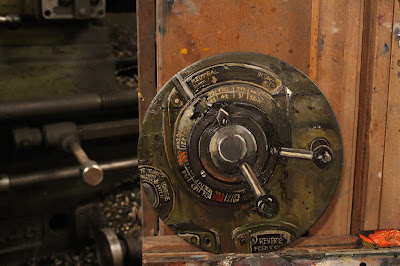A still life typically depicts inanimate subject matter.
It was initially despised as the most lowly form of painting. But every still life is a memento mori.
Memento mori is Latin for “Remember that you must die”.
I've delved into the long tradition of the ‘still life’ genre, which celebrates the magic power of painting an arrangement of commonplace objects to reflect on ideas of mortality.
When captured in paint, they are imbued with a life beyond the ordinary.
Memento mori is Latin for “Remember that you must die”.
I've delved into the long tradition of the ‘still life’ genre, which celebrates the magic power of painting an arrangement of commonplace objects to reflect on ideas of mortality.
When captured in paint, they are imbued with a life beyond the ordinary.
"Vanitas” elements reveal the emptiness of material pursuits and futility of earthly ambitions.
The Latin noun Vanitas literally means “emptiness”
and the central theme in these paintings is the Christian view of
earthly life and the futility & worthlessness of all ambition.
I love to paint “useless” things from industrial sites, the minutiae of everyday life. There's a poignant quality in this “rubbish”, so trivial to most. These remnants provide me with an endless source of subject matter. There are no people in these pictures but their presence is always felt. History, memory and observation provide the bones of the story.
E130A Oils ain't oils 1 2017 oil on canvas 10 x 10cm
These rusty old oil cans from the interior of the Large Erecting Shop in the Eveleigh Railway Workshops truly are symbols of transience. They will be discarded and thrown into the skip bin as soon as I've finished my canvases. I've won them a stay of execution with my paintings.
E130B Oils ain't oils 2 2017 oil on canvas 10 x 10cm
They contained the necessary ingredient to lubricate engines to keep them moving. Literally, to make something go.
And they went.
Locomotives won't be repaired and maintained in the Large Erecting Shop for much longer. The best possible future for it will be as a running shed where only exactly what is strictly necessary to run trains will be tolerated. All else will be relocated at best, or discarded at worst. If it doesn't become a running shed, Mirvac and Channel 7 are lurking just outside to finish it off.
E130C Oils ain't oils 3 2017 oil on canvas 10 x 10cm
Behind the oil cans was a board with inscriptions "1/2 Nuts", "5/8 Nuts", "3/4 Nuts","7/8 Nuts", which always made me laugh. You don't have to be totally nuts to work her, just half.
E132 Oils ain't oils 2 2017 oil on aluminium panel 51 x 51cm.
I've concocted different methods for reproducing variety of surfaces by experimenting with painting on metal panels.
This works well with the rusty cans - I leave the metal bare of paint and only paint in the rust.
This works well with the rusty cans - I leave the metal bare of paint and only paint in the rust.
This technique pays homage to the distant past.
When light rebounds from a matte surface, the irregularites of the surface scatter the light. However when light strikes a smooth polished surface such as metal there is a gleam, shimmer or lustre which can even reveal the shape of the original light source. Medieval students of optics called the depiction of reflected light in a painting "splendour". Light was not only regarded as beautiful, but also deemed to be sacred. This quality of light was difficult to reproduce in painting. Early medieval artists would rely on the inclusion of reflective and precious metals such as gold leaf, until the development of oil painting in the 15th century allowed artists like van Eyck the ability to create the illusion of reflection by superimposing thin translucent layers of colour.
The workmen trained in the Eveleigh Railway Workshops were master manipulators of metal, so in these still life paintings I am using both these artistic traditions to capture every nuance of their lost tools.
Related Posts





















